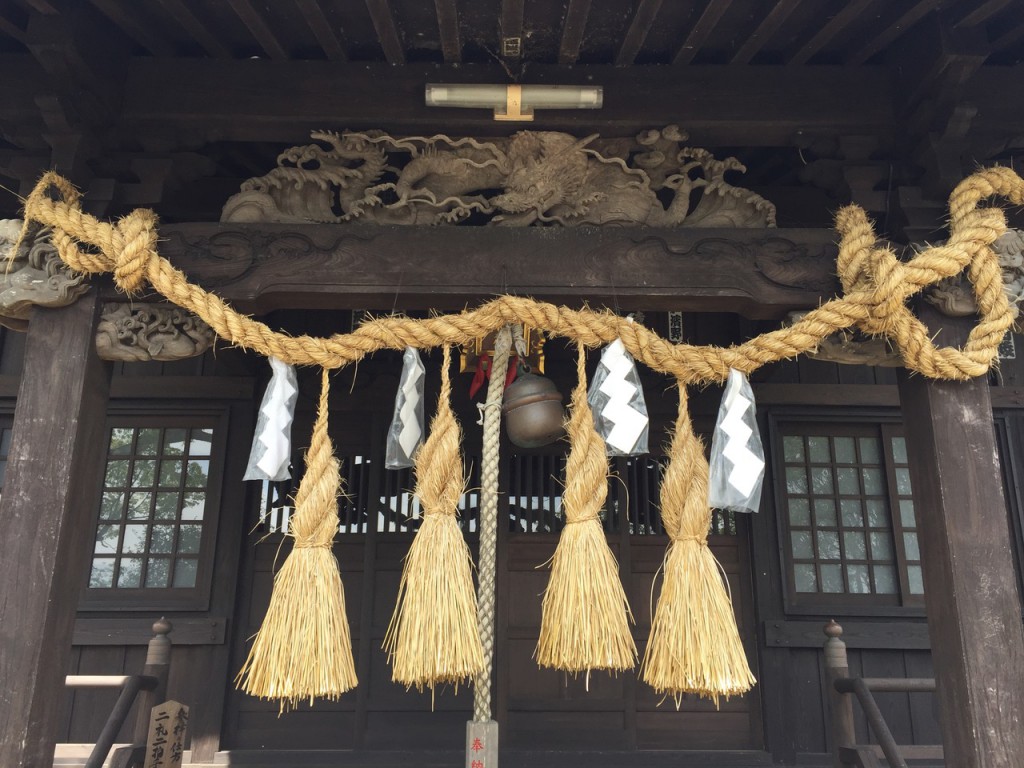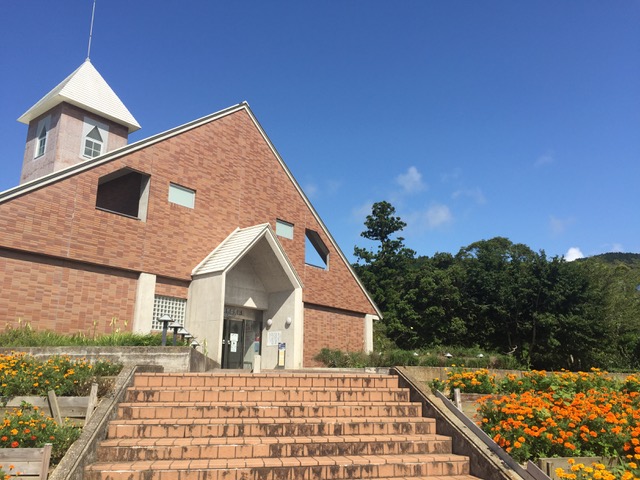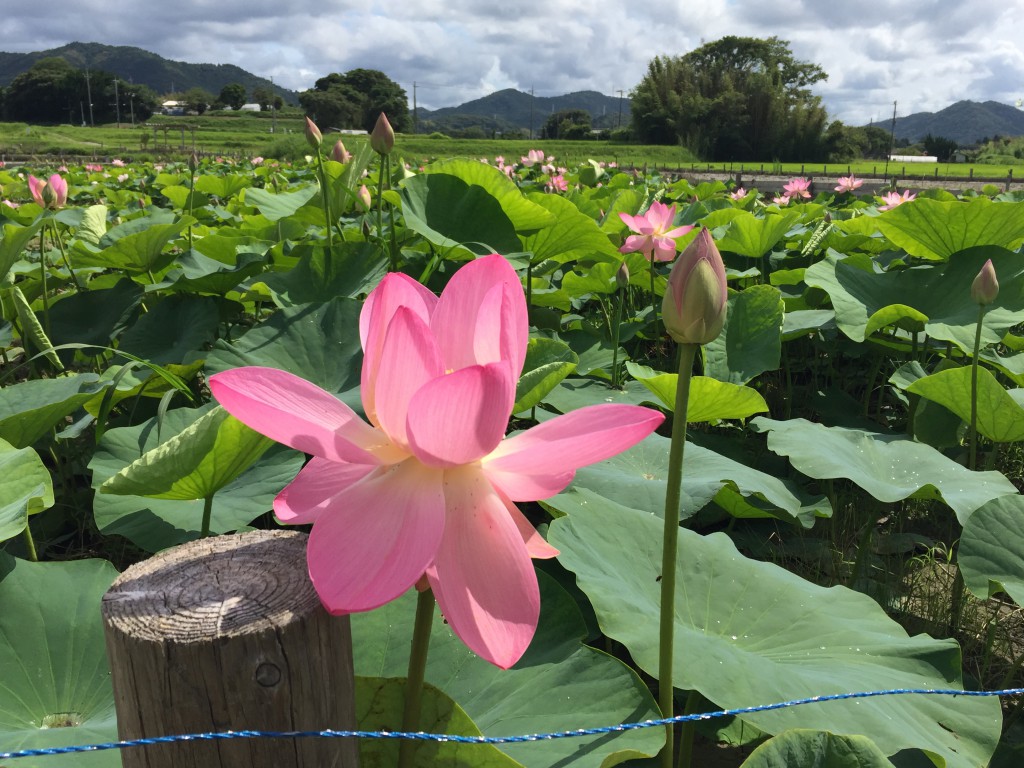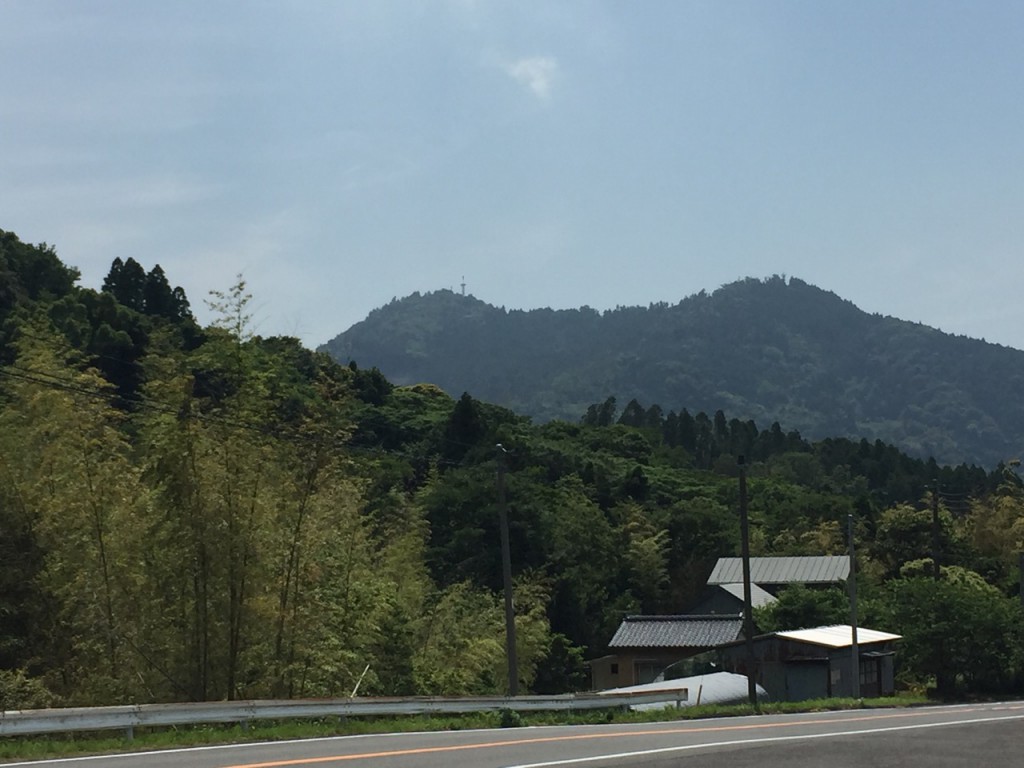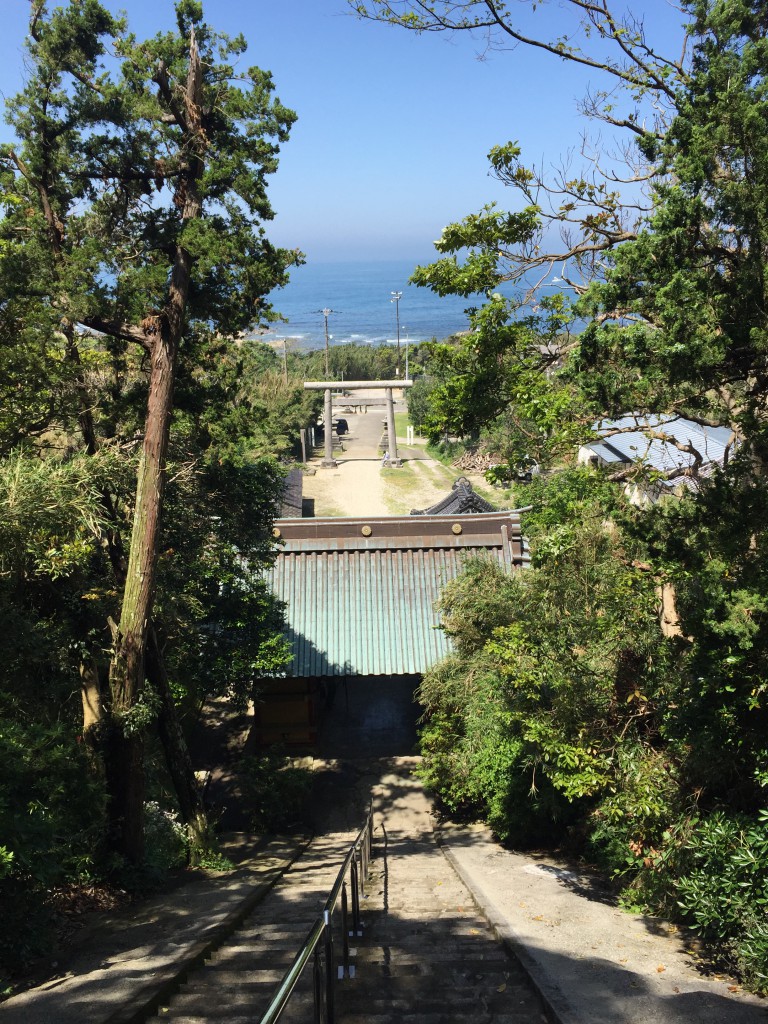(40)吉保八幡神社
The origin of Kippo Hachiman Shrine in Kamogawa goes back to 829. The main shrine that stands today is estimated to be built in around 1875, and the dragon carving at the entrance, made by the famed carver Ihachi from the Edo period, catches your eye. On the last Sunday of September, the ritual called Yabusame is held. It’s a traditional Japanese archery on a running horse, and the scene is quite exciting! Too bad the event has been cancelled for this year, but let’s hope for the next year.
鴨川市に位置する同社の起源は古く、829年。1785年ごろに造営されたとされる本殿は、波の伊八の作品と言われる龍の彫り物が見事です。毎年9月最終日曜日にには「流鏑馬神事」が行われます。疾走する馬に乗った射手が矢を放つシーンはなかなかエキサイティング。今年は残念ながらコロナ禍で中止とのことです。来年を期待しましょう。
